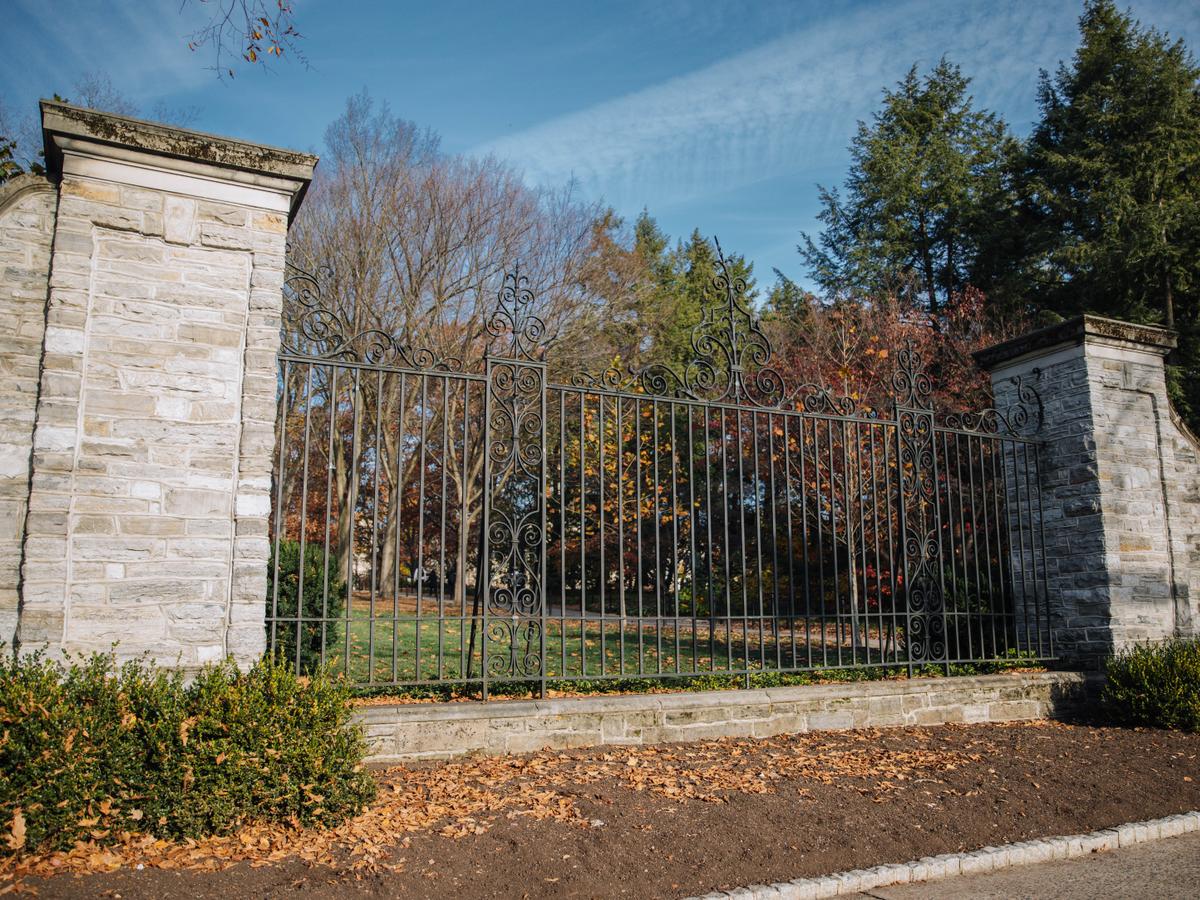Penn State’s gender wage gap among worst in Big Ten · Spotlight PA State College

This story was produced by the State College regional bureau of Spotlight PA, an independent, nonpartisan newsroom dedicated to investigative and public-service journalism for Pennsylvania. Sign up for our regional newsletter, Talk of the Town.
STATE COLLEGE — Penn State is facing at least one allegation of wage discrimination, while salary data show the university’s gender pay gap is among the worst in the Big Ten.
A Penn State Abington professor who was born in Iran is suing the university for wage, race, and gender discrimination. In a lawsuit filed last month, Faranak Pahlevani argued she earns less than an American-born male colleague despite the two doing equal work. According to the lawsuit, Pahlevani raised her concerns internally, but the university did not take action.
The university said in a statement that it does not comment on pending litigation.
Across Penn State’s statewide system, female instructional staff earn on average about 80% of what their male colleagues make, according to the federal Integrated Postsecondary Education Data System. Penn State combines data from all of its campuses when reporting to IPEDS.
The size of the wage gap varies depending on academic rank. According to adjusted IPEDS salary data from the 2021-22 school year, female professors made 88% of their male colleagues’ average salaries while female associate professors earned 87% of their male counterparts’. For female assistant professors, the figure was 90%; while female instructors, lecturers, and instructional staff without an academic rank earned 98%, 86%, and 72% of their male colleagues’ average salaries.
Spotlight PA requested to speak with a Penn State official about the data, factors that could be creating the differences, how the university’s new budget model may address inequities, and any other university initiatives on the topic. The school declined an interview.
In a statement, a university spokesperson wrote that Penn State “places great importance on maintaining internal pay equity within its faculty ranks.” The university said IPEDS data should not be used to measure equity or draw conclusions since factors such as years of experience, subject area, tenure and non-tenure track faculty, highest-earned degree, and “years in rank at Penn State” are not included. (Read the university’s full response here.)
“Like most government surveys of this type, the IPEDS reporting is only of raw salary data and makes no attempt to compare faculty in similar fields or to account for the myriad factors that influence faculty salaries,” the spokesperson wrote in an email. Market forces boost salaries in some of the university’s 14 academic colleges and units, the spokesperson added.
According to the university’s statement, median faculty salary data — meaning the number in the middle of a distribution of all faculty salaries — provide a more accurate picture and is not affected by outlier figures, which could skew an average. Penn State does not make median salary data available to the public.
However, in response to a request from Spotlight PA, Penn State provided that data for faculty at its Abington campus. In the 2022-23 academic year, female instructional staff earned between 80% and 112% of their male colleagues’ salary depending on their academic rank and whether they were tenure-line faculty.
Penn State declined a request to provide that data for its other campuses.
Last August, Penn State’s trustees passed a “salary adjustment” for top administrator Sara Thorndike without public discussion in a meeting that lasted roughly a minute. The “adjustment” was later revealed to be a $71,000 raise that brought Thorndike’s salary to more than $520,000, according to reporting by the Centre Daily Times.
President Neeli Bendapudi defended the move, telling faculty last year that Thorndike was making less than her predecessor in the role and that “equity needed to be maintained.” In a statement last year to the Centre Daily Times, the university said the raise brought Thorndike’s salary “up to 100% of the median for public institutions in the university’s peer group.”
In the latest IPEDS report, Penn State elected to measure its data against its public Big Ten peers. The comparison showed that Penn State faculty at all levels make less than the median salaries of their conference colleagues. In February, English faculty publicly argued they are the lowest-paid teaching unit at the university.
In a statement, a university spokesperson said the higher salaries of Big Ten faculty who work in cities skewed the data.
The university spokesperson also said that because of an internal policy change in 2017, it reports all faculty salary information to IPEDS, regardless of tenure status, a practice Penn State said most Big Ten schools do not do. Penn State will change how it reports data next year, the university said.
IPEDS data showed that Penn State’s gender wage gap, averaged across all academic ranks, is among the worst when compared to the flagship campuses of other Big Ten universities, with only Michigan State University and the University of Iowa having a wider gap in the 2021-22 academic year. When comparing specific academic ranks, Penn State’s gender wage gap ranking is more varied.
The university announced in July that merit-based raises for university employees are suspended until Pennsylvania’s General Assembly passes its fiscal year 2024 budget, which includes money for Penn State. Salary increases will be retroactive to July 1 once the budget passes, Penn State said in a news release.
Ariane Hegewisch, a senior research fellow at the Institute for Women’s Policy Research think tank, told Spotlight PA that women in higher education are more likely to work in lower-paying academic fields.
However, Hegewisch said women are disadvantaged by systemic issues within universities and colleges, such as bias when they compete for grants and lost time and opportunities to publish papers while working toward tenure because they have children.
Poor pay transparency within a university can also perpetuate wage gaps, Hegewisch said, noting that women educators are also affected outside the classroom. Lower pay can lead to diminished retirement savings and difficulty getting a mortgage, among other problems.
SUPPORT THIS JOURNALISM and help us reinvigorate local news in north-central Pennsylvania at spotlightpa.org/donate/statecollege. Spotlight PA is funded by foundations and readers like you who are committed to accountability and public-service journalism that gets results.
https://www.spotlightpa.org/statecollege/2023/08/penn-state-abington-wage-discrimation-gender-pay-gap-big-ten/ Penn State’s gender wage gap among worst in Big Ten
· Spotlight PA State College


